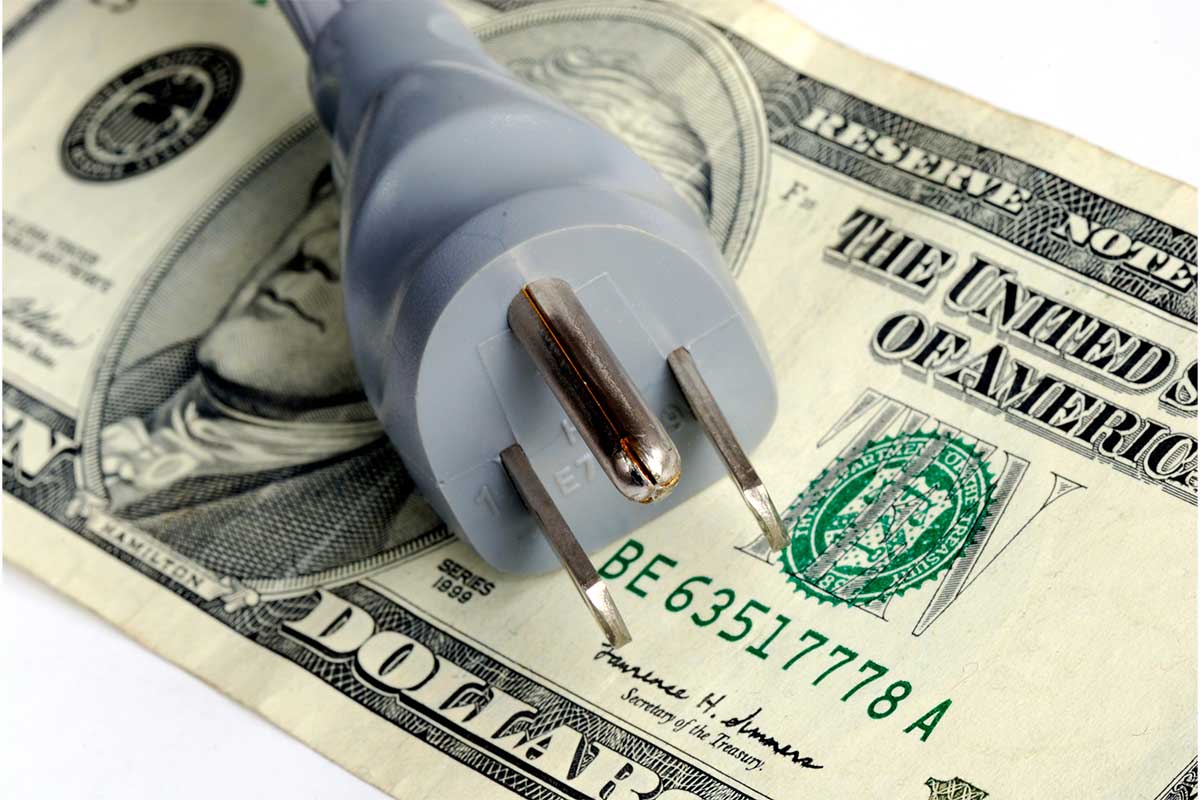I was recently asked by a new employee about what generally makes up an electric bill. Just as we onboard new employees, we’re constantly adding new members to our lines and figured this would be a good time to address some of the main components in your electric bill.
There are three primary parts to your monthly electric bill: a customer charge, an energy charge and a power cost adjustment. To understand your total energy costs and what makes up your bill, let’s unpack one piece at a time.
The first is a fixed monthly customer charge, which covers the costs associated with providing electricity to each member. This includes equipment, materials, labor and operating costs necessary to serve each meter in Medina EC’s service territory, regardless of the amount of energy used. In order to ensure the reliable service you expect and deserve, we must maintain the infrastructure in place. Because we are a not-for-profit cooperative, these expenses are shared across the membership through this customer charge.
The next component of your monthly bill is the energy charge, which is dependent on how much energy you consume. The energy charge is calculated by taking your base rate for your account and multiplying it by the kilowatt-hours used. You’ve likely noticed the amount of energy you use can vary from month to month and is typically impacted by extreme temperatures. When temperatures soar or dip, your cooling and heating equipment run longer, which increases your home energy use. Regardless, energy consumption is an area that you have some control over, and you can lower your monthly bill by actively reducing energy use. Your thermostat is a great place to start to save energy by adjusting the thermostat setting 2-3 degrees higher than you usually do during summer months or lower winter months. Find more energy- and money-saving tips at MedinaEC.org/EnergySavings.
The last component of your bill is the PCA, which is the power cost adjustment applied to every member’s bill each month. Every rate class has an established base rate and the PCA provides a monthly adjustment dependent on any differences in the base cost of wholesale power. If the cost to purchase power is higher than the base cost of power, the PCA is applied as a charge. If the wholesale power cost is lower, the PCA is applied as a credit on your bill. As a not-for-profit electric cooperative, this is a direct pass-through of the cost associated with reliably serving you with the electricity you need.
I hope this information sheds light on some of the factors that make up your monthly bill. Keep in mind that no two member accounts are the same in their energy use, but every bill will have these three elements. Additional components will be dependent on the rate class for the account.
If you have additional questions on your bill, contact us at 1-866-632-3532 or [email protected].
Until next time,
Trey


